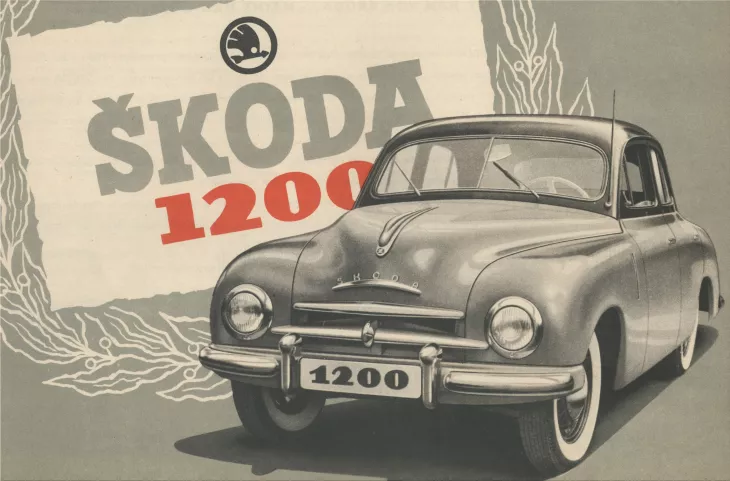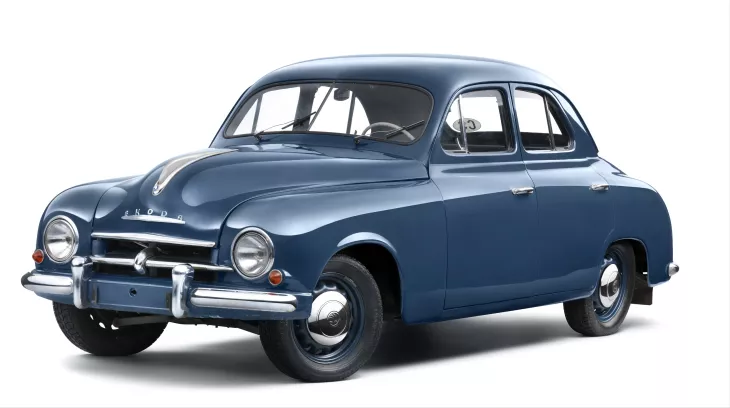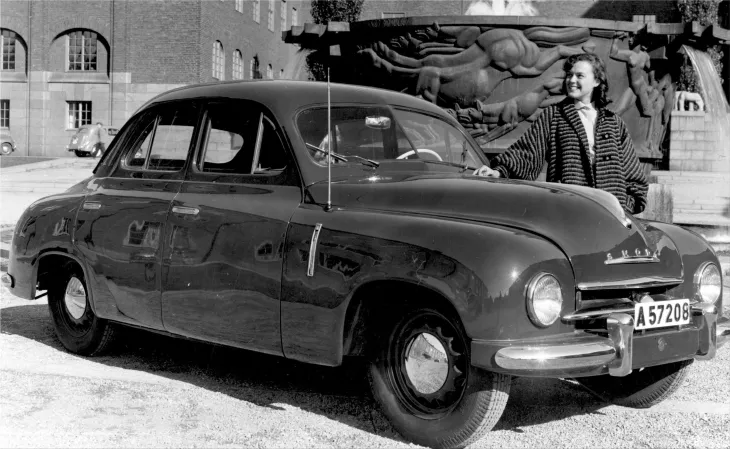Seventy years ago, production of the Skoda 1200, a four-door sedan with a steel body, began in Mlada Boleslav. This new technology allowed for highly effective mass production. The vehicle's lighter weight and more extensive interior were both made possible by the body's design. For this vehicle, Czech engineers pioneered body optimization in a wind tunnel.
Since its debut in 1905, the Laurin & Klement name has been synonymous with the first Mlada Boleslav-built automobile, which was created by the team of technician Vaclav Laurin. The L & K VOITURETTE A, known for its hollow wooden body and lack of windscreen and doors, became a legend in its own time. A timber framework was then adorned with hand-formed sheet metal components that were nailed in place. Fifty years after it was first developed, this method is still being employed in the automobile industry.
The manufacturing industry underwent a radical change on July 11, 1952. After car manufacturers began using metal bodies, the once-needed carpenters shifted their focus to producing transport boxes instead of wooden frames. The new Skoda 1200 Sedan was the first to feature a pontoon-style steel body with built-in fenders. This allowed for better use of the available space inside and greater passive security. Car maintenance was simplified by the vehicle's rounded, smooth surfaces.
The new Skoda model's development kicked off in 1948, and a new Skoda prototype was created the following year. A slew of variants followed, including the adaptable STW (Station Wagon) with a folding back row of seats. In addition, a prototype with a body made of exposed metal was created.
Skoda's 1200 Sedan was an improved version of the original chassis design, which had a tubular structure in the car's center. This was forked up front to make room for the revolutionary OHV valve control gasoline engine and its other cutting-edge features, like wet cylinder liners. Each back wheel had its suspension and was driven by a synchronized four-speed gearbox. This allowed the vehicle to reach a top speed of 105 km/h while only using 10 liters of fuel per 100 km.
Few people were as influential as Josef Velebn (1906–1999) in car body building. He began his career there in 1925 and was the head of the body construction department at the Mlada Boleslav automobile company from 1946. During this time, scientists also systematically studied how to maximize aerodynamic performance. The cars' top speeds were boosted while their fuel efficiency was improved through these measures. There was also an improvement in vehicle quietness and cleanliness on the road. At the time, studies relied on data collected from the 1.8 m(diameter) wind tunnel, where measurements were taken using 1:5 and 1:10 scale wooden models. The Aviation Research and Testing Institute in Prague-Letany was the only location to offer such a lab at the time. Skoda first put its Tudor models, the 1101 and 1102, through their paces.
The revised body helps keep the vehicle's curb weight down to about 1,050 kilos, which is about the same as the weight of the much smaller and earlier Skoda Rapid OHV variant. The trunk of the five-seat sedan housed the spare wheel and the required tool kit, both of which could be accessed independently. The sills of the four doors were concealed by covers, protecting the occupants' clothing from smudges. The shift lever mounted on the column was one component that helped raise the level of active safety. There was no shift lever in the central tunnel, so the driver had superior legroom and just had to take his hand off the wheel for a split second.
The notchback variation and the light commercial vehicles benefited from the all-steel body. At the Vrchlab factory, production of them began in 1952. The Kvasiny factory produced ambulance variants with space for two couchettes in addition to the driver and medics. Skoda 1200 STW station wagons, which featured a single rear door that opened to the side, were added to the lineup at the start of 1953. Because they wanted a more solid structure, some foldable seats were only on the right side of the car. In its two-seater configuration, the station wagon's cargo space was 1,750 millimeters in length, 1,380 millimeters in width, and 990 millimeters in width between the wheel arches.
Constant upgrades have been made to the Skoda 1200 Sedan. The modifications improved the body's strength and decreased the noise level within. The turn signals, which had previously been absent, were also an invention. Beginning in 1956, the Skoda 1201 was manufactured with a more powerful engine, capable of producing 33.1 kW (45 hp) at 4,200 rpm. Around 27,000 Skoda 1200s and Skoda 1201s featured notchback bodies, while another 15,000 were station wagons; the remaining units were commercial vehicle variants. Production was terminated in the fall of 1961.
Category
Country
Labels

























